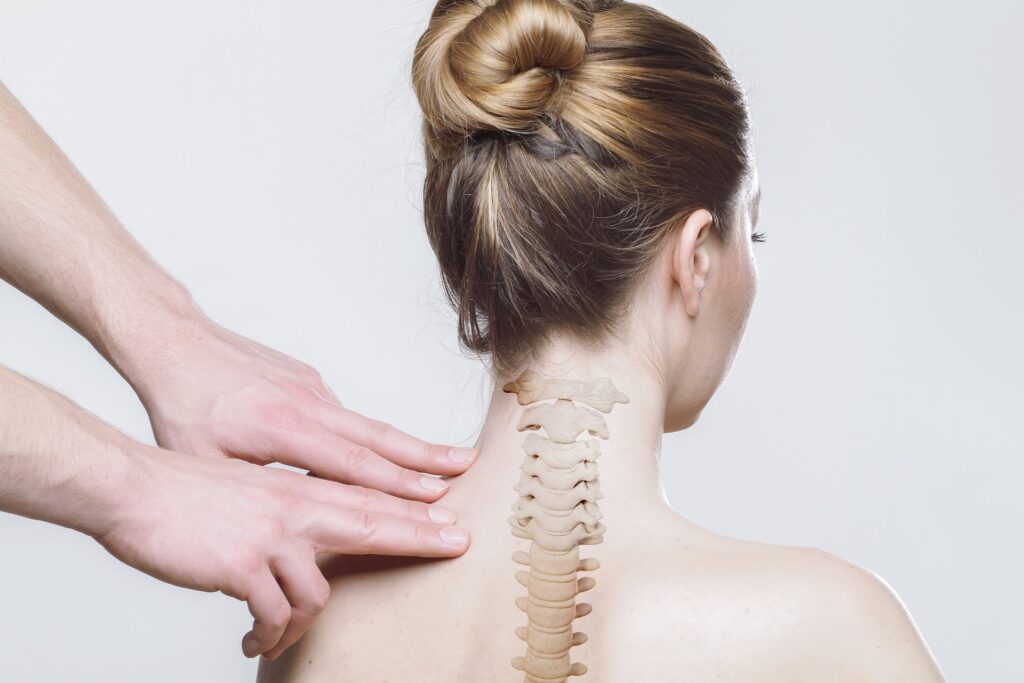Persistent pain along the spine is often caused by a herniated disc or the displacement of the cushion between the spine’s vertebra, causing radiating pain. While there are available medication and physical therapy, some cases require surgical procedures such as laminotomy and discectomy.
Laminotomy refers to the creation of an opening along the lamina or bone that protects the spinal canal to access the herniated disc. Discectomy refers to the removal of the herniated disc and other residual components that may cause herniation.
This article will explain laminotomy and discectomy using various elements that emphasize the role and function of these surgical procedures. It will explain the nature of spinal decompression and how spinal decompression surgeries can relieve nerve pain. It will also explain diseases that cause spinal compression. Lastly, it will explain the approaches and procedures of spinal decompression and its associated risks.
Spinal Decompression

Laminotomy and discectomy are both spinal decompression surgeries that aim to relieve pain in the spinal cord, especially the surrounding spinal nerves. Pressure on the spinal nerve usually exhibits symptoms including numbness, weakness, pain, and tingling sensation. Creating sufficient space around the affected spinal nerves will decompress this area of the spine and will allow the neurological and physical symptoms to subside.
Pressure on the spinal nerve is usually caused by a ruptured or herniated spinal disc. Laminotomy is a method of creating an opening on the spine’s lamina or the bone that protects the spinal canal. This is followed by a discectomy or the removal of the herniated disc that is causing pressure on the spinal nerves. The spinal nerve is always a top priority and is ensured secure and safe throughout the operation.
Diseases Associated with Spinal Compression
Laminotomy and discectomy are required in various diseases associated with the spine. Bone spurs refer to the abnormal and rapid growth of the bones of the spine which causes compression on the spinal nerves. A ruptured or herniated disc refers to the displaced spinal disc which functions as a cushioning block among the vertebra. Spinal stenosis and sciatica produce pressure on the spinal nerve due to the narrowing of the spinal column. This usually manifests as radiating pain from the buttocks down to the back of the legs.
People suffering from these spinal diseases do not automatically need to undergo laminotomy or discectomy. These surgical procedures are often reserved for people who have undergone medication and physical therapy yet not experience significant improvements. This is usually an indication of a nerve problem that needs a surgical procedure.
Surgical Approaches to Spinal Decompression
An orthopedic surgeon or a neurosurgeon can both conduct spinal decompression surgeries like laminotomy and discectomy. The procedure can have different names depending on the position of the affected lamina. The sections of the spine where spinal compression occurs are the cervical, sacral, thoracic, and lumbar spine.
The traditional approach to relieving spinal nerve pressure from diseases involving spinal compression are laminotomy and discectomy. These two surgical procedures are intertwined as the creation of the opening in the spinal canal and the removal of the displaced disc that causes nerve compression.
These surgical procedures only involve creating a small incision along the affected area of the spine. The surgeon will use the small incision to get a visual of the compressed nerve root and remove the displaced spinal disc.
With the improvement of technology, microlaminotomy became more available. It involves making a smaller incision than traditional procedures and inserting an arthroscope along the back to visualize the spinal compression. The arthroscope is a thin and lighted tube camera that can transmit photos on a monitor.
Microdiscectomy, moreover, became a more potent second procedure next to laminotomy or microlaminotomy. During a microdiscectomy, the surgeon will place retractors to protect the nerve root. After removing the herniated disc, the surgeon will also remove nucleus pulposus materials to prevent further herniation.
Microdiscectomy is a less invasive procedure that produces lesser damage and promotes faster spinal recovery. It also produces lesser muscle and tissue disruption which translates to lesser pain after the operation.
Open surgeries are also an available option especially in cases of wider affected areas of the spine. This involves creating a wide incision on the back where the surgeon can directly access the affected area and perform a discectomy. This takes a significantly longer time and with greater post-surgical pain than less invasive surgical procedures.
Procedure
Laminotomy and discectomy start with preparing the patient for surgery. Intravenous (IV) fluids are inserted on the arm of the patient. Any body hair on the patient’s back is removed and the skin is cleansed using an antiseptic.
These spinal decompression procedures are often conducted with either general or spinal anesthesia. Patients are often asleep when under general anesthesia. However, some surgeons would prefer if the patient is awake during surgery so they use spinal anesthesia. The spinal anesthesia will remove the feeling of the patient from the waist down.
The surgeon will create an incision depending on the agreed procedure. They will use dilators which are tubes used to spread the back muscles. Usually, a live x-ray is on standby to provide the surgeon with visual and localized access to the affected area of the spine They will then access the lamina and remove the herniated disc to relieve pressure on the nerve. Lastly, they will perform a spinal fusion to stabilize the spine before closing the incision.
Risks
Undergoing laminotomy and discectomy are not without risks. Some of the mild risks associated with these surgical operations include wound infection, numbness, and bleeding. More serious risks, moreover, include nerve scarring, nerve injury, hematoma, bone infection, and deep vein thrombosis.
Final Thoughts
Laminotomy and discectomy are crucial procedures for providing long-term relief to people suffering from diseases that create spinal compression. Spinal decompression surgery necessarily involves these two primary procedures to relief nerve pain that cannot be remedied by medication or physical therapy.